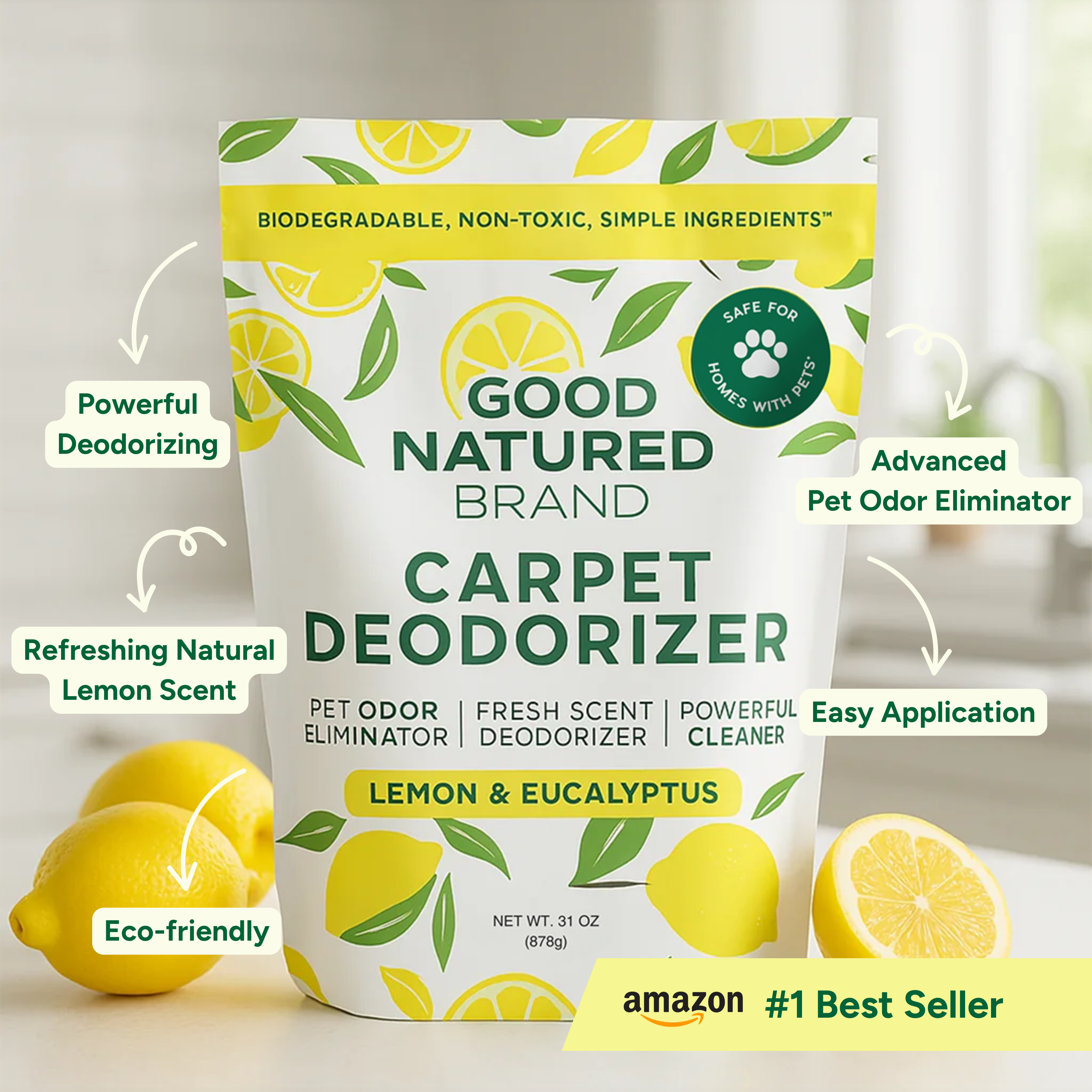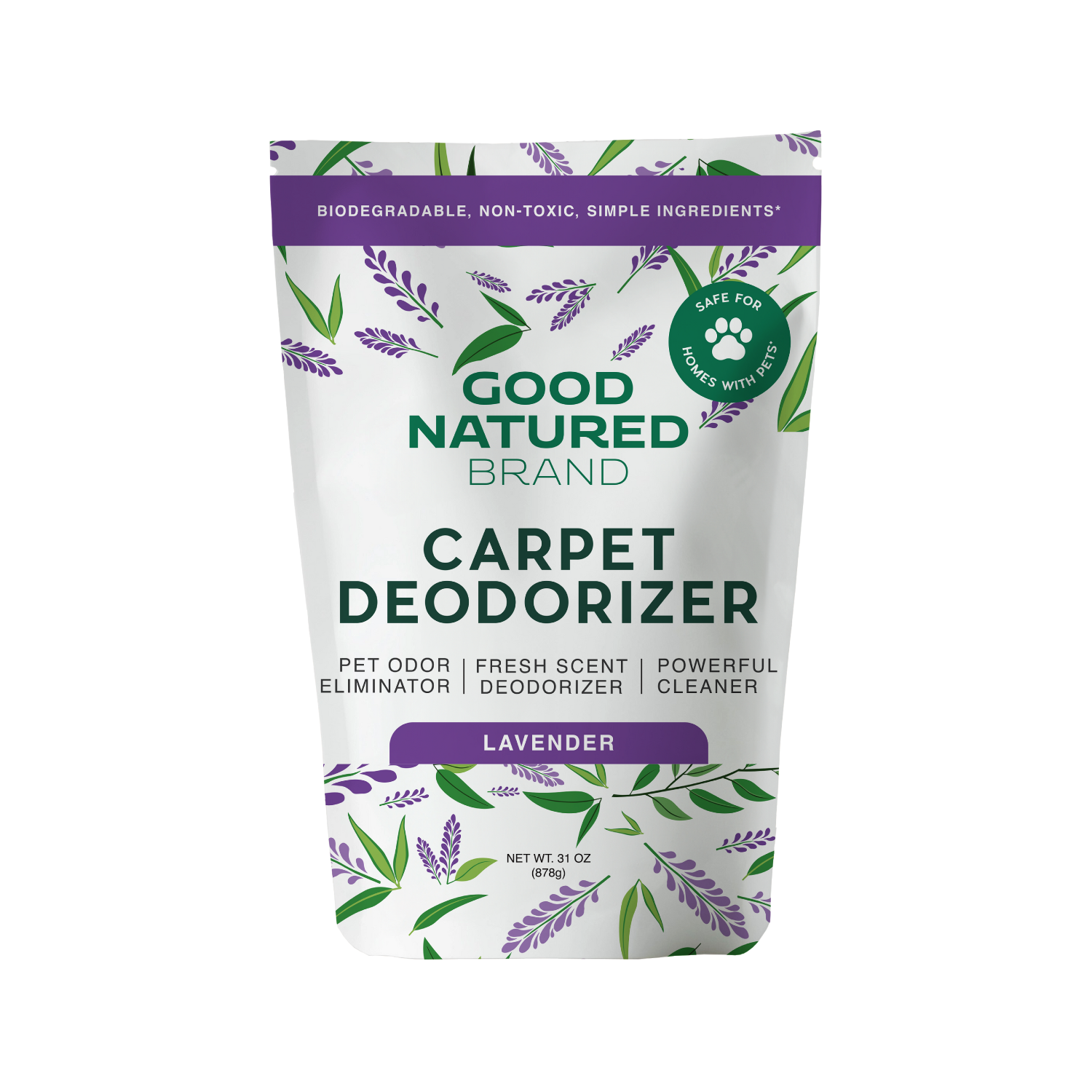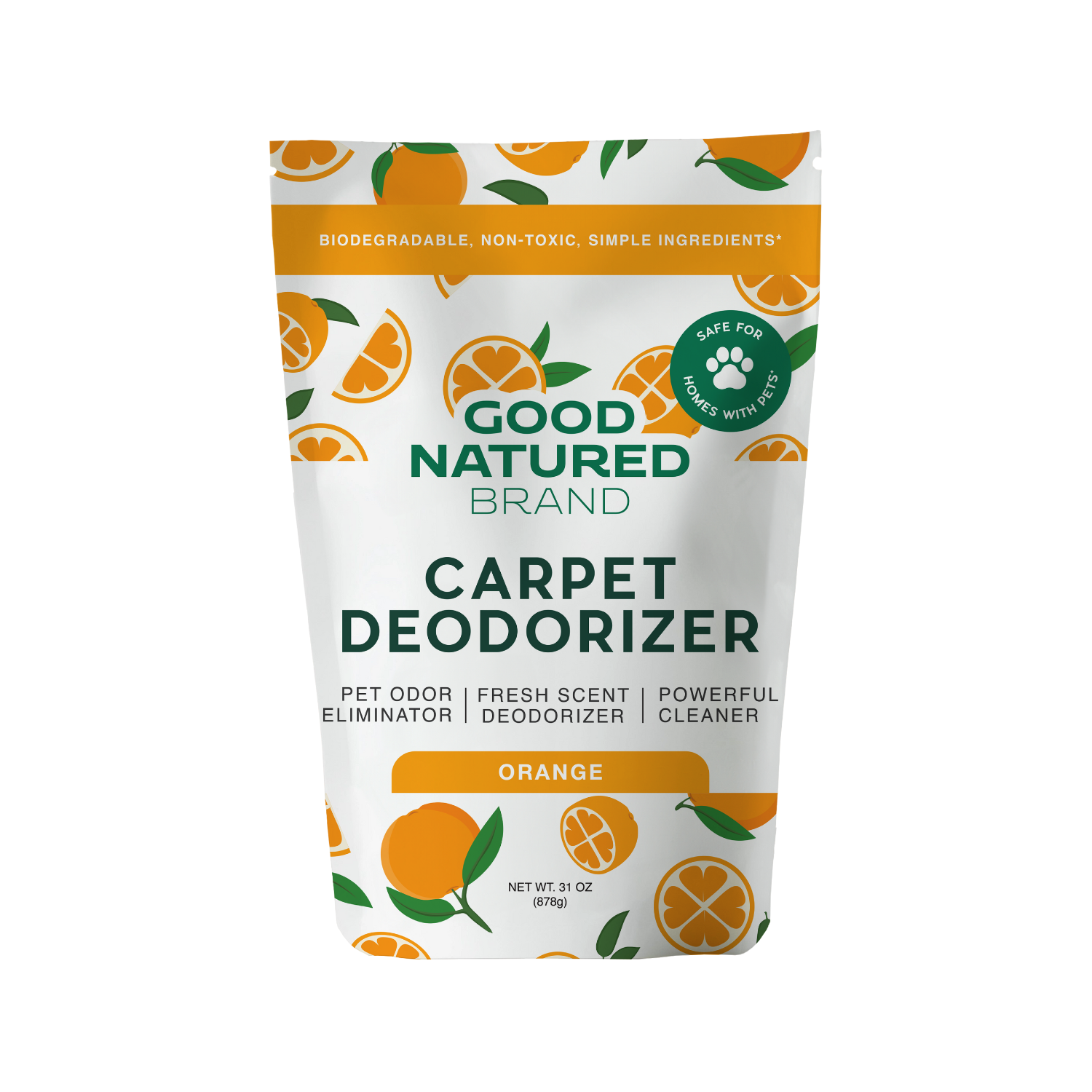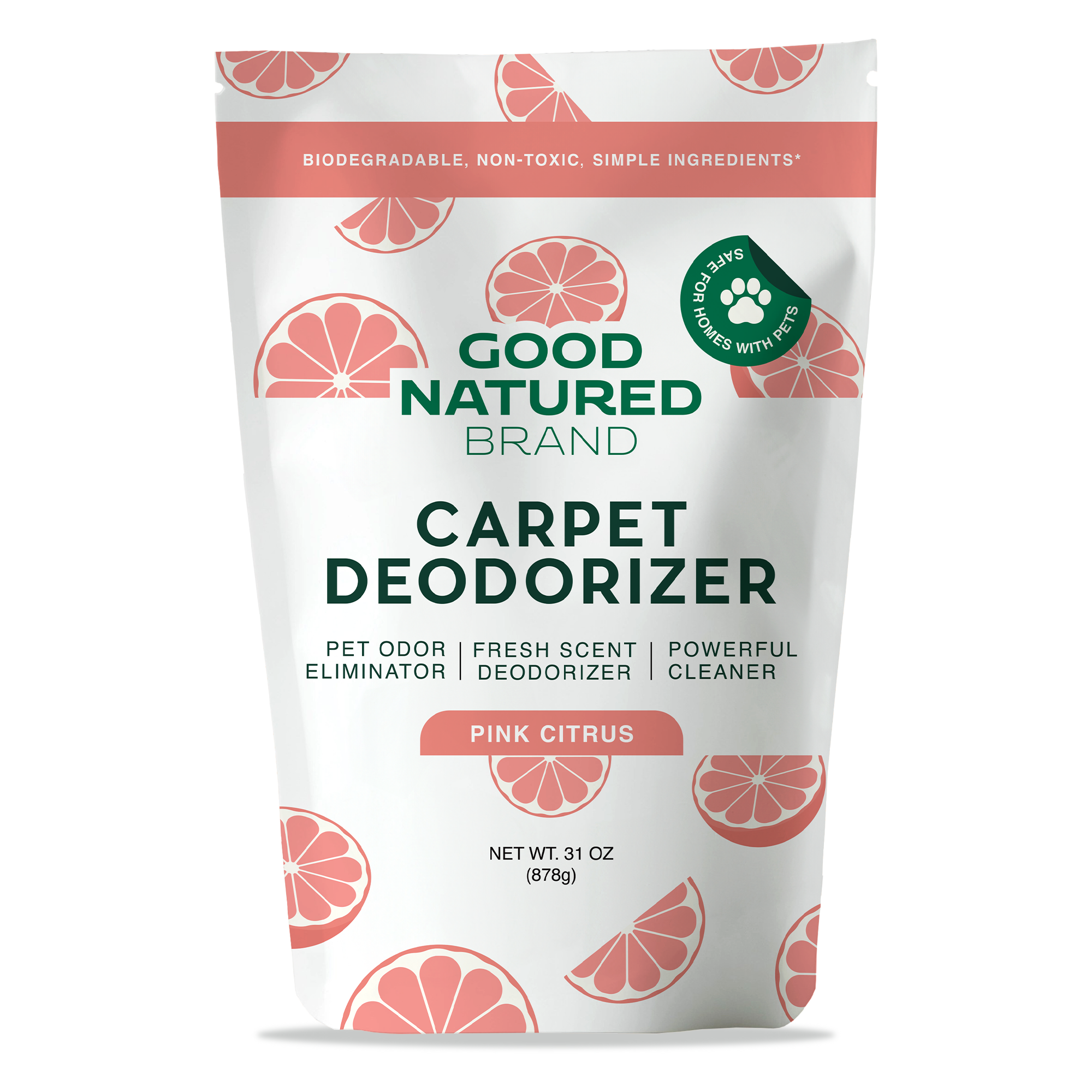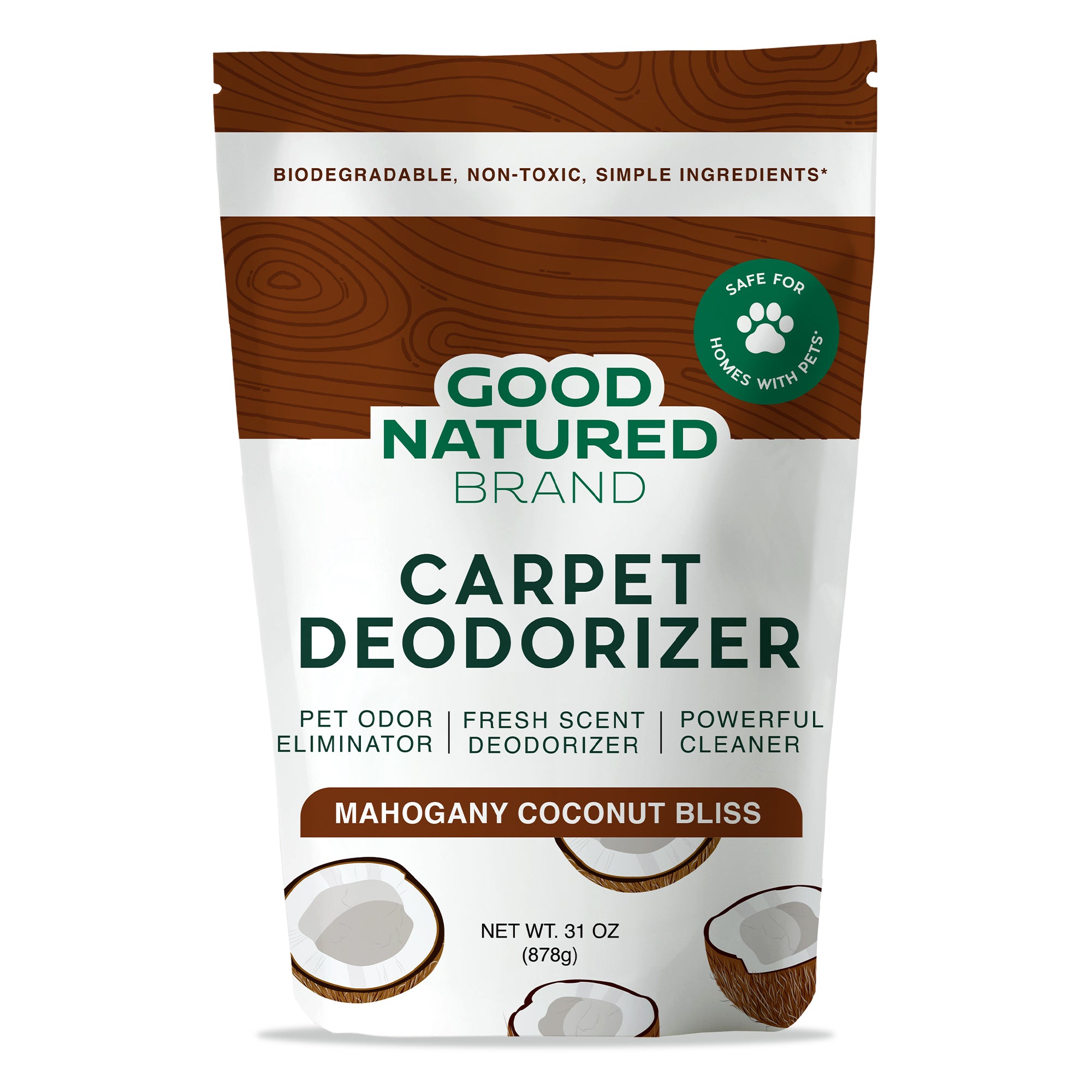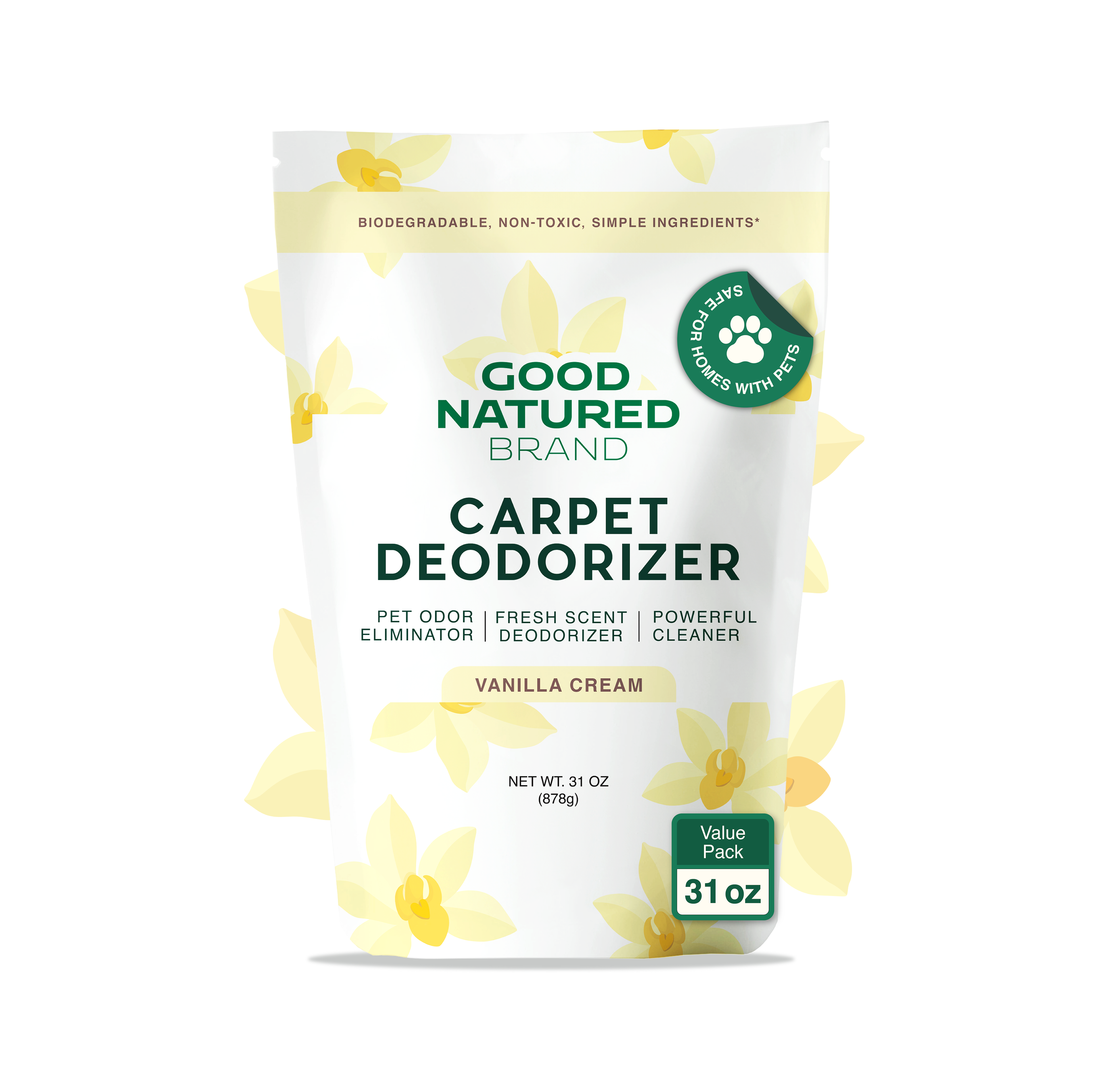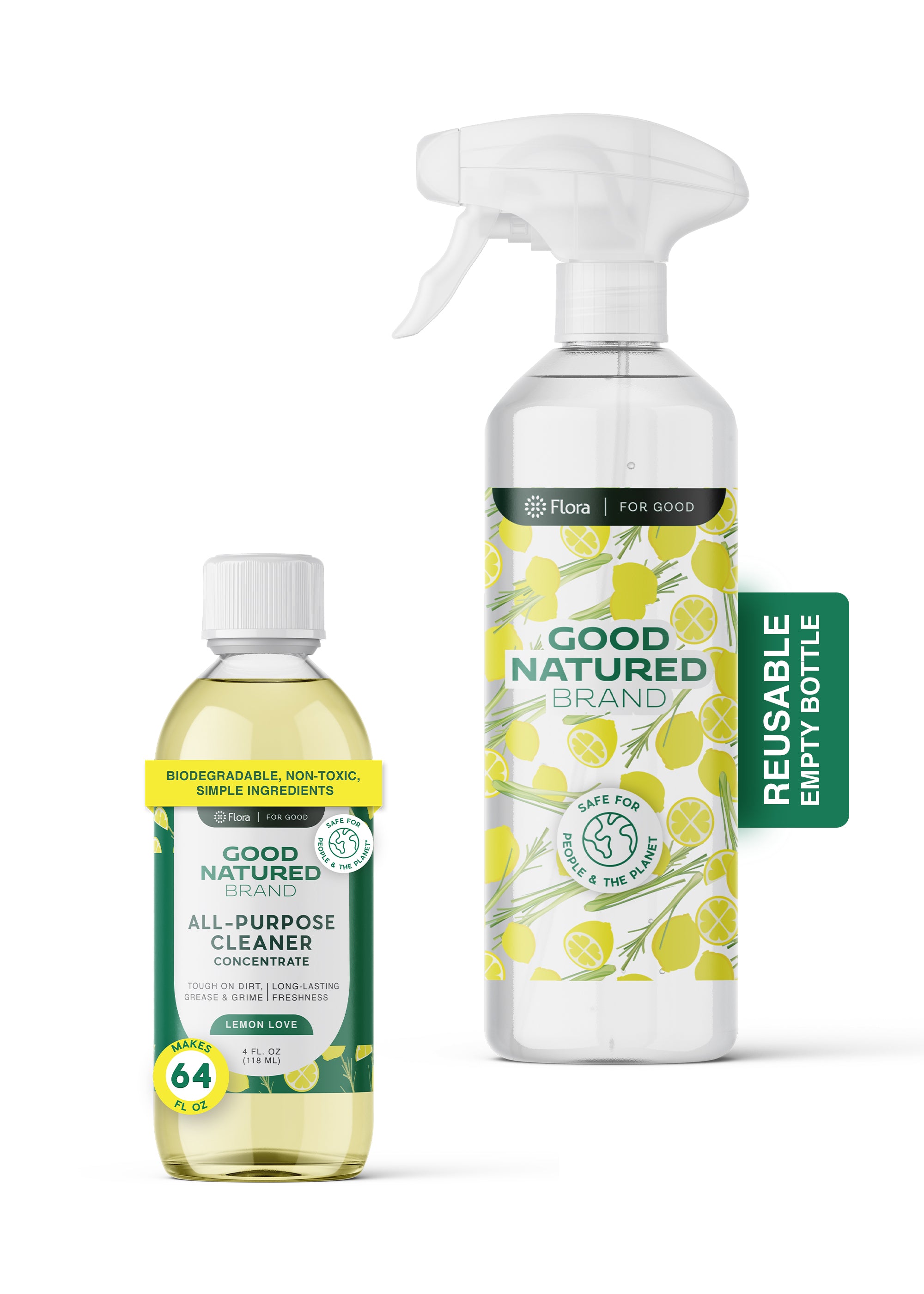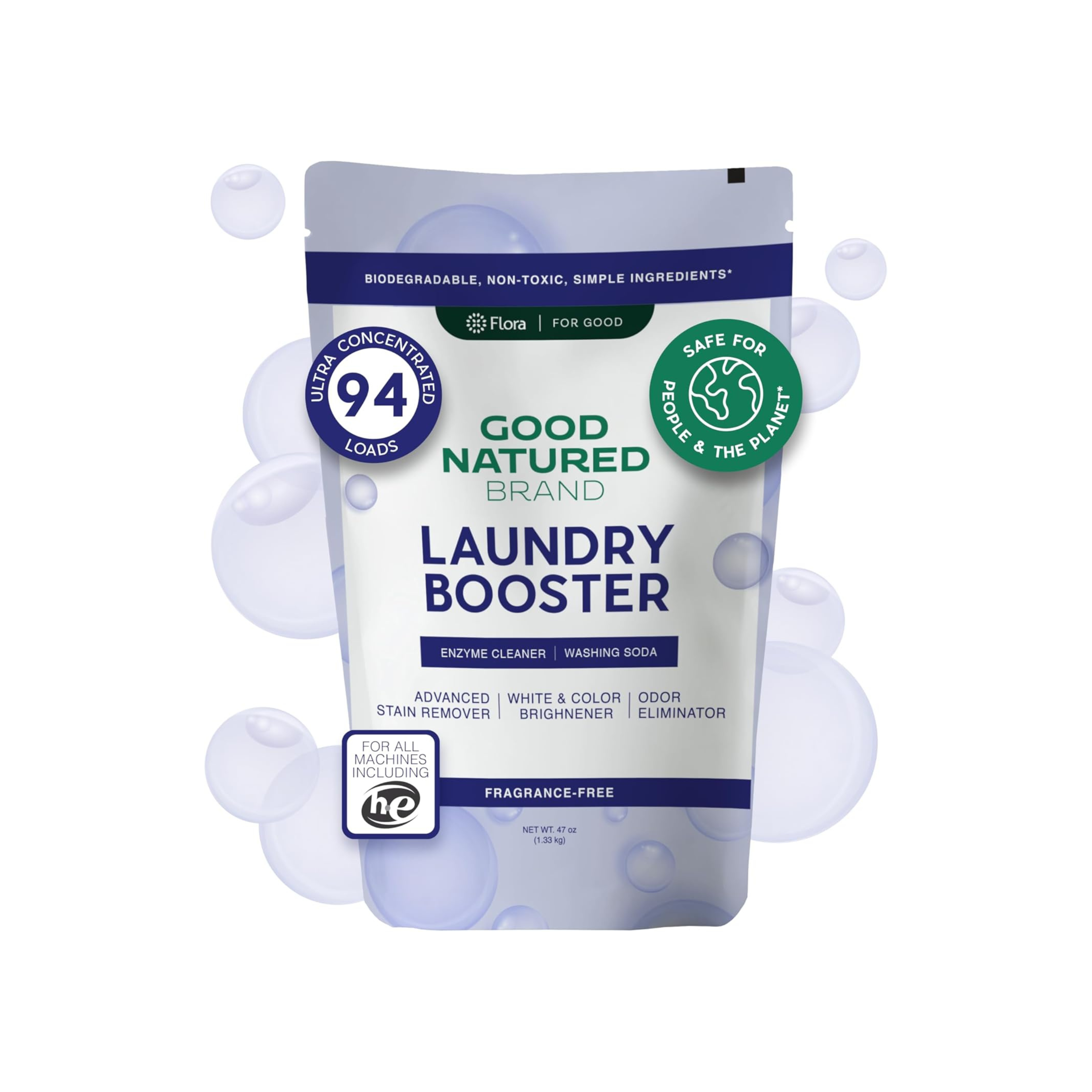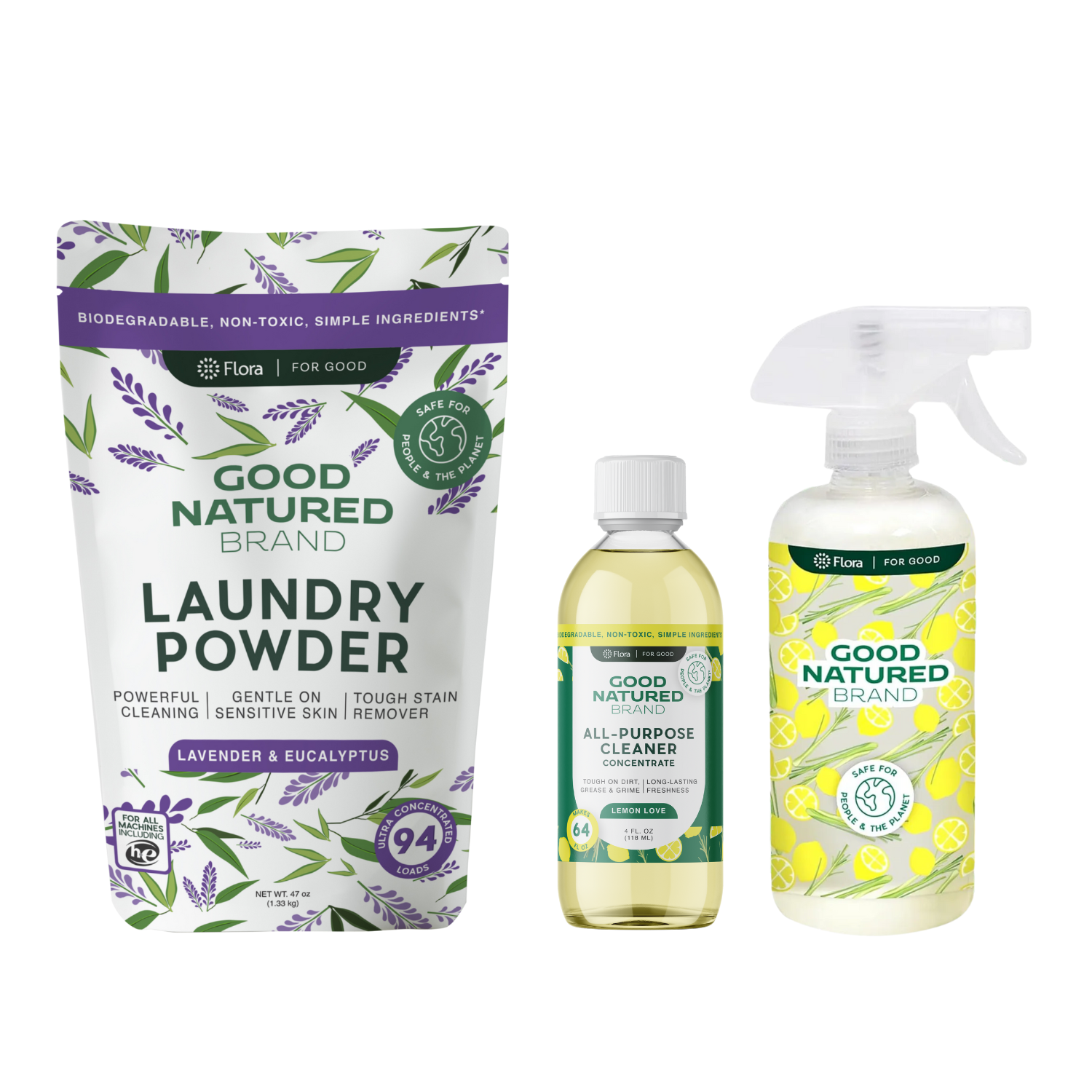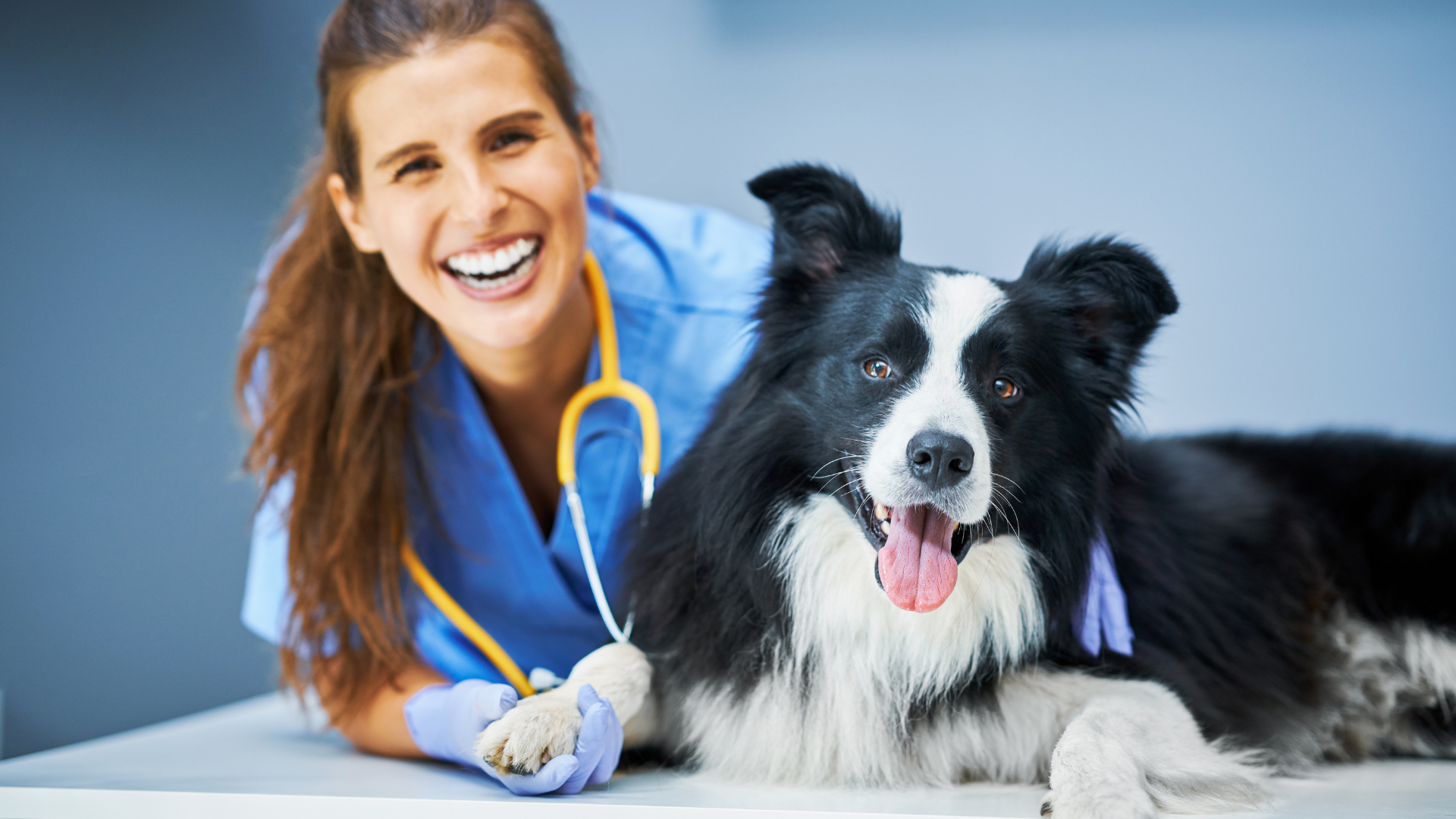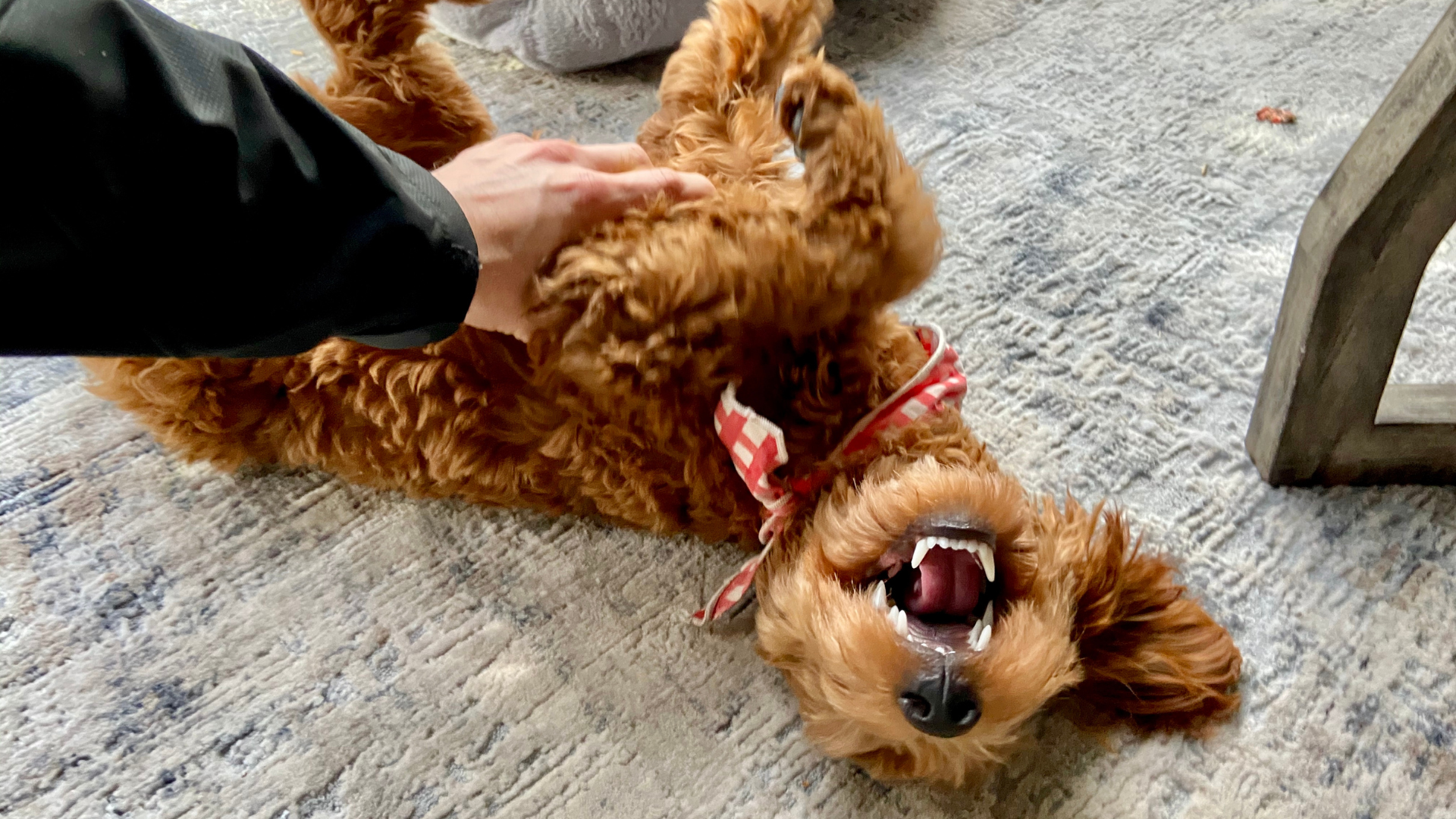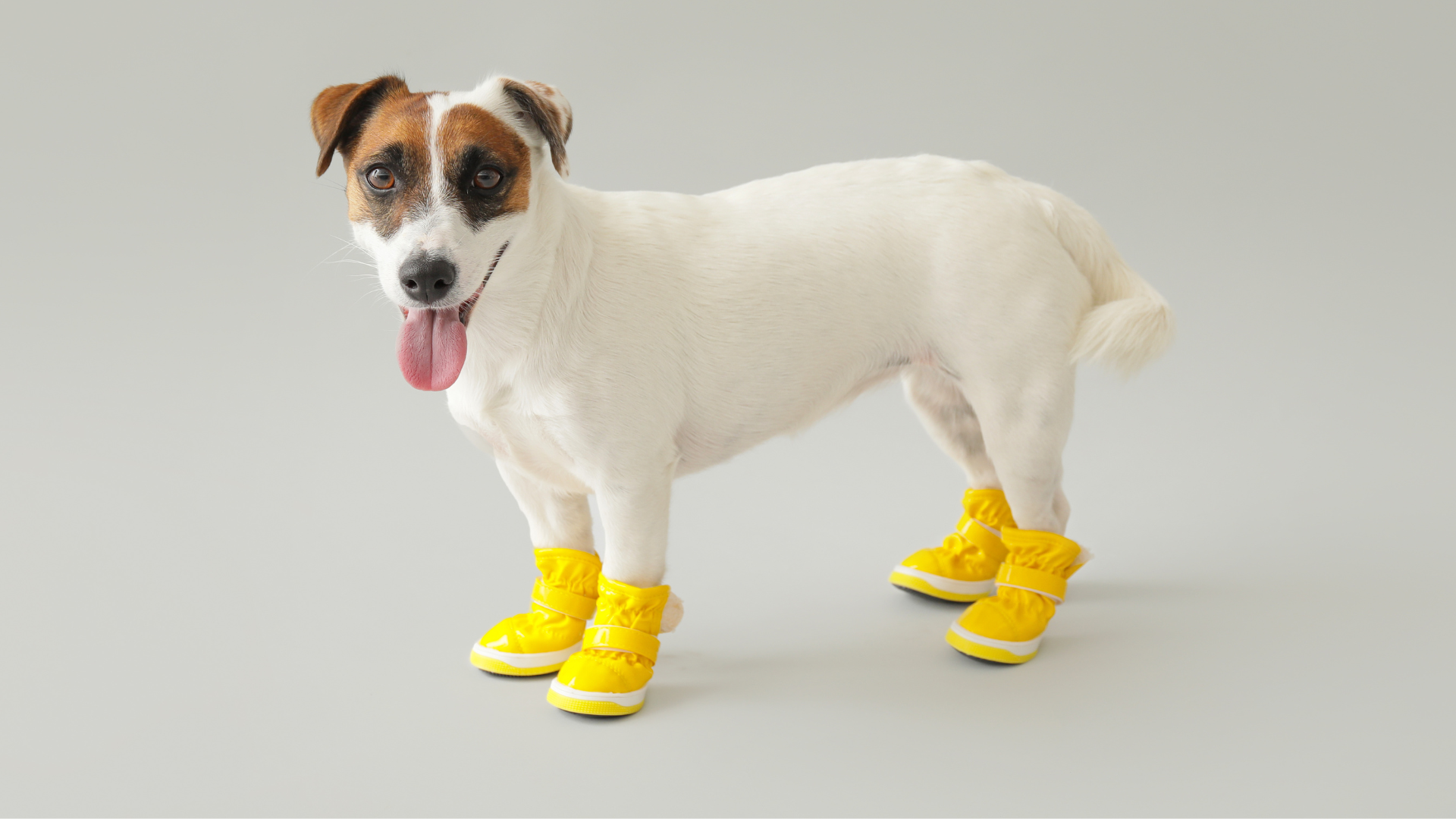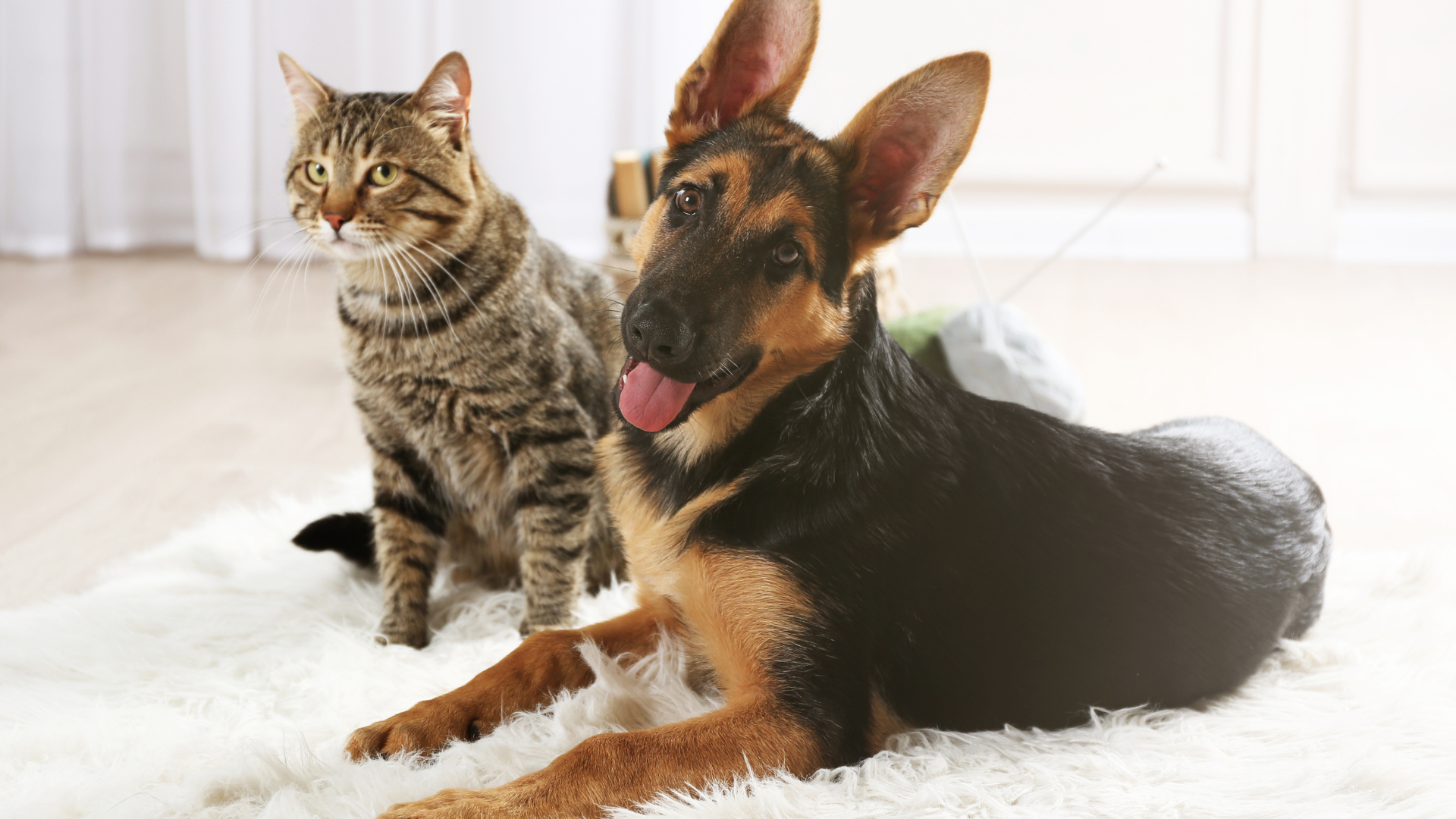It’s not uncommon to see a dog occasionally lick their paws, but when it becomes excessive, it can raise a red flag for pet owners. While some paw licking is normal grooming behavior, persistent licking may indicate an underlying issue that needs attention. Understanding the reasons behind your dog’s paw licking is crucial for preventing further complications and ensuring your dog’s comfort and well-being.
In this first part of our blog, we’ll delve into the various reasons why dogs lick their paws excessively. From allergies to infections and even anxiety, there are several factors that could contribute to this behavior. By identifying the cause, you’ll be better equipped to address the issue and help your dog stop the excessive licking.
Normal Paw Licking vs. Excessive Paw Licking
Before diving into the causes, it’s important to differentiate between normal and excessive paw licking. All dogs lick their paws to some extent as part of their natural grooming routine. Licking is a way for dogs to clean themselves, soothe their paws, and maintain overall hygiene. However, excessive licking goes beyond routine cleaning.
Excessive paw licking occurs when a dog licks their paws for long periods of time, often resulting in noticeable changes like raw, irritated, or inflamed paws. You may notice your dog licking their paws obsessively throughout the day, even when there's no obvious reason for them to do so. In these cases, the licking becomes more than just grooming and is likely a symptom of an underlying issue.
Common Reasons for Excessive Paw Licking
There are several reasons why your dog might lick their paws excessively. Identifying the root cause is essential to stopping the behavior. Below are the most common reasons why dogs may develop this habit:
Allergies
Allergies are one of the most common causes of excessive paw licking in dogs. Just like humans, dogs can develop allergies to a variety of environmental factors, foods, or substances. When a dog is allergic to something, it can cause their skin to become irritated, leading them to lick their paws in an attempt to soothe the discomfort.
Environmental allergens, such as pollen, dust mites, mold, or grasses, are common culprits. Seasonal changes can also trigger allergic reactions, especially in the spring and fall. Food allergies, including sensitivities to ingredients like chicken, beef, grains, or dairy, can also result in paw licking as dogs try to alleviate the itching caused by their allergy.
Infections
Infections are another leading cause of excessive paw licking. Bacterial, fungal, or yeast infections can cause significant discomfort, leading your dog to lick their paws as a way of relieving the irritation. Infections may occur if moisture gets trapped between the toes or if there’s an injury that becomes infected. These infections can result in redness, swelling, or even discharge from the paws.
Fungal infections like ringworm or yeast infections are common in dogs with moist, warm paws. Yeast infections, in particular, may cause a distinct smell, and the paws may appear inflamed or greasy. If you notice these symptoms, it’s important to consult your vet for a proper diagnosis and treatment.
Injury or Pain
Dogs may lick their paws excessively if they have an injury, such as a cut, scrape, or splinter. Licking helps them soothe the affected area, but it can also exacerbate the problem by irritating the wound or causing further injury. If your dog is licking a specific paw or area persistently, it’s worth checking for visible injuries, like a small cut or foreign object lodged between their toes.
In some cases, pain from arthritis or joint issues may cause dogs to lick their paws or legs to self-soothe. Older dogs or dogs with mobility issues may focus their licking on certain areas of their body to alleviate discomfort from stiff joints or sore muscles.
Dry Skin
Just like humans, dogs can suffer from dry skin, especially during colder months or in environments with low humidity. Dry, cracked paws can become itchy and uncomfortable, causing dogs to lick them excessively to alleviate the discomfort. This is especially common in dogs that walk on hard surfaces like pavement, which can cause paw pads to dry out and become rough.
If you notice that your dog’s paws are dry, cracked, or flaky, they may be licking to try to relieve the dryness. Regular moisturizing and paw care can help prevent this type of licking.
Anxiety or Stress
Dogs that are stressed or anxious may engage in behaviors like excessive licking as a form of self-soothing. Just like humans bite their nails or fidget when anxious, dogs may lick their paws to calm themselves down. This can be particularly evident in dogs with separation anxiety, noise phobia, or those that are left alone for long periods.
Boredom can also lead to anxiety-related paw licking. Dogs that are under-stimulated mentally or physically may resort to repetitive behaviors like paw licking to occupy themselves. Dogs that don’t get enough exercise, playtime, or mental engagement may start licking their paws as a way to relieve stress or pass the time.
Parasites
Fleas, ticks, and mites are common parasites that can irritate a dog’s skin and cause excessive licking. Fleas, in particular, are a major contributor to paw licking, as the bites can cause itching and inflammation. Ticks and mites can also create similar discomfort and lead to excessive paw licking as your dog tries to relieve the irritation caused by these pests.
If your dog’s paw licking is accompanied by signs of flea infestation, such as scratching, hair loss, or visible fleas on their coat, it’s important to treat them with flea prevention products and consult your vet.
How Allergies Contribute to Paw Licking
Allergies are one of the most common culprits behind excessive paw licking in dogs. Just like in humans, allergies in dogs cause the immune system to overreact to certain substances, resulting in itching, swelling, and discomfort. Common allergens include food ingredients, pollen, dust mites, and certain chemicals.
Environmental Allergies
Environmental allergies are often seasonal and can cause your dog to lick their paws as a reaction to allergens like grass, pollen, and mold. Pollen counts tend to be higher in the spring and fall, making these seasons particularly challenging for allergy-prone dogs. Dust mites and mold, which thrive in damp areas, can also contribute to paw licking if your dog is exposed to them frequently.
If you suspect your dog’s excessive licking is due to environmental allergies, you may notice that the licking occurs more frequently after walks or time spent outside. To minimize exposure, wipe your dog’s paws after they come inside, particularly during allergy season. This will help remove pollen, dust, and other allergens that might trigger their symptoms.
Food Allergies
Food allergies are another common cause of paw licking. Dogs can develop sensitivities to certain proteins, grains, or additives in their food. These allergies can cause digestive upset as well as skin reactions, including paw licking. If your dog is licking their paws and also showing signs of gastrointestinal distress (vomiting, diarrhea, or bloating), food allergies may be to blame.
Eliminating certain ingredients from your dog’s diet or switching to a hypoallergenic dog food can help alleviate these symptoms. Consult your vet for advice on conducting an elimination diet to determine which ingredient is causing the reaction.
Home Remedies and Preventative Care
If your dog’s excessive paw licking is caused by environmental factors, allergies, or mild irritation, several home remedies and preventative measures can help alleviate the behavior. These remedies are often the first step before seeking veterinary care and can be highly effective for minor cases of paw licking.
Soothing Soaks and Baths
For dogs suffering from irritated, itchy paws, soothing baths or soaks can provide significant relief. Soaking your dog’s paws in a solution of Epsom salt or oatmeal can help to reduce swelling, soothe irritated skin, and alleviate itching. Oatmeal is a natural anti-inflammatory, and Epsom salt can help draw out moisture that may be contributing to the irritation.
Simply mix warm water with oatmeal or Epsom salt and let your dog soak their paws for a few minutes. You can also use a gentle oatmeal-based dog shampoo to bathe your dog, which can provide relief for itchy, dry skin. Be sure to dry your dog’s paws thoroughly after the soak to prevent any moisture buildup, which could lead to fungal infections.
Changing Your Dog’s Diet
If food allergies are contributing to your dog’s paw licking, switching to a hypoallergenic diet could help. Many commercial dog foods contain common allergens such as chicken, beef, or grains, which may irritate your dog’s skin and cause itching. A specialized hypoallergenic food, which eliminates common allergens, can help reduce the licking behavior.
You can also consider adding omega-3 fatty acids to your dog’s diet. Omega-3s are known for their anti-inflammatory properties and can help improve skin health. Talk to your veterinarian about which dietary changes are appropriate for your dog.
Proper Paw Care
Regularly cleaning and moisturizing your dog’s paws is essential for preventing dryness, cracking, and irritation. After walks, particularly during dry or cold weather, wipe your dog’s paws with a damp cloth to remove dirt, salt, or chemicals that may have accumulated. You can also apply a paw balm or moisturizing cream designed for dogs to prevent dryness and cracked pads.
For an extra layer of protection, consider using products like All-Purpose Cleaners to disinfect your dog’s paws and remove any allergens or bacteria after outdoor activities. This helps maintain a clean and safe environment for your dog, reducing the chance of infection or irritation.
Parasite Control
If fleas, ticks, or mites are causing your dog’s excessive paw licking, it’s essential to address the parasite problem. Fleas and ticks can be difficult to manage without proper prevention. Regular flea and tick treatments, such as topical spot-on medications or oral preventatives, can help reduce the likelihood of your dog becoming infested with these pests.
Make sure to inspect your dog regularly for signs of fleas or ticks, especially after outdoor walks. If you find fleas, use flea shampoos and sprays, and wash your dog’s bedding with Laundry Powders to kill any remaining pests. Keeping your dog and their environment free from parasites will reduce itching and irritation, leading to less paw licking.
Behavioral Solutions for Anxiety-Induced Licking
For dogs that lick their paws due to anxiety or stress, behavioral solutions are key. Dogs often turn to self-soothing behaviors like licking when they’re feeling anxious or bored, so it’s important to address the emotional causes of their behavior.
Managing Separation Anxiety
If your dog’s paw licking is linked to separation anxiety, creating a safe, comforting environment when you’re away can help. Start by gradually desensitizing your dog to your departures. Begin by leaving them alone for short periods and slowly increase the duration over time. This will help your dog become more comfortable with being alone and reduce anxiety.
Using calming products, such as pheromone diffusers or calming treats, can also help reduce anxiety-related paw licking. These products release calming pheromones that mimic the natural scent mother dogs use to soothe their puppies, which can provide your dog with a sense of security in your absence.
Providing More Mental and Physical Stimulation
Boredom can be a major contributor to paw licking, especially in active dogs that aren’t getting enough exercise or mental stimulation. Make sure your dog is getting sufficient physical exercise by taking them on regular walks, runs, or play sessions. Interactive toys and puzzle feeders can help engage their mind, providing a healthy outlet for their energy.
In addition to physical play, consider incorporating mental exercises like obedience training or scent games. These activities can tire your dog out mentally and help alleviate boredom, reducing the need for repetitive behaviors like paw licking.
Chew Toys and Redirection
If your dog is licking their paws due to boredom or anxiety, providing them with an appropriate chew toy can redirect their attention. Dogs often chew to relieve stress, and providing them with safe, durable toys will encourage them to engage in more productive behaviors. Redirection can help break the cycle of excessive licking, allowing your dog to focus their energy on something positive.
Veterinary Treatments for Severe Cases
While home remedies and behavioral solutions are often effective for mild cases of paw licking, some situations may require veterinary intervention. If your dog’s paw licking persists despite your efforts, or if you notice signs of infection, injury, or severe irritation, it’s time to consult with your veterinarian.
Prescription Medications
If your dog is suffering from an infection or severe allergic reaction, your veterinarian may prescribe medications such as antibiotics, antifungals, or steroids. These medications can help treat underlying conditions like bacterial infections or yeast overgrowth, which are common causes of paw licking.
For chronic allergic reactions, your vet may recommend allergy-specific treatments, including antihistamines or allergy shots, to help manage your dog’s symptoms and reduce the urge to lick.
Allergy Testing
If food or environmental allergies are suspected, your vet may recommend allergy testing to pinpoint the exact cause. Allergy testing can help identify specific allergens that are affecting your dog, allowing you to make dietary changes or environmental adjustments to reduce exposure. Once the cause is identified, your veterinarian can help guide you through the best course of treatment.
Other Veterinary Solutions
In some cases, persistent paw licking may be a result of an underlying medical condition, such as arthritis or autoimmune disease. If this is the case, your veterinarian will recommend treatment options to address the primary condition, which should help reduce paw licking as a secondary behavior.
Maintaining a Clean Environment to Prevent Further Issues
In addition to addressing the root cause of your dog’s paw licking, maintaining a clean and healthy environment is essential to prevent further irritation. This includes regularly cleaning your dog’s bedding, toys, and living areas to minimize exposure to allergens, bacteria, and parasites.
Using products like Carpet Deodorizers helps to eliminate odors and allergens from your home, making your environment more comfortable for your dog. Regular cleaning also helps remove dust, pollen, and other irritants that may trigger paw licking.
After you’ve treated your dog’s paws or used soothing products, ensure that their bedding is clean by washing it with Laundry Powders. This ensures that your dog’s resting area remains free of bacteria or allergens, contributing to better overall skin health.
